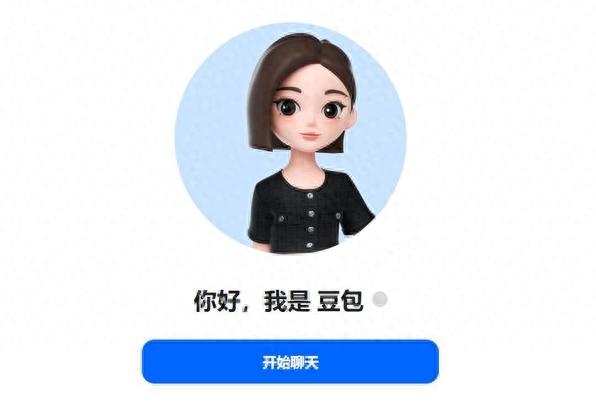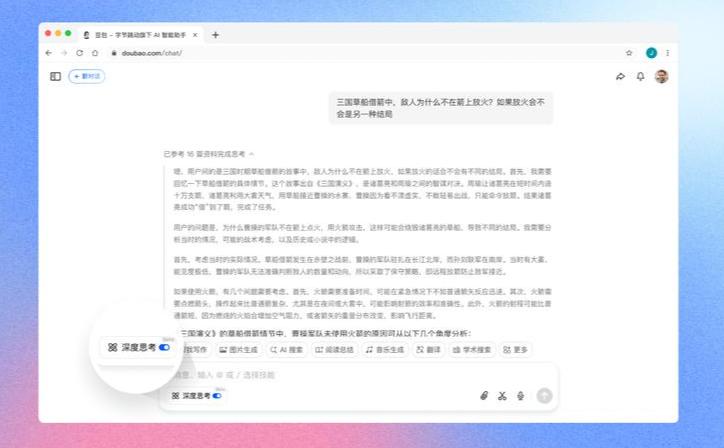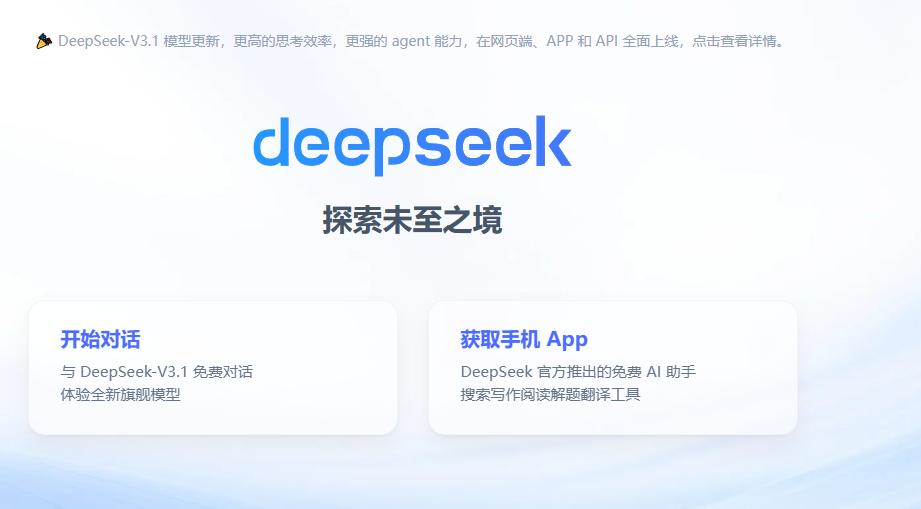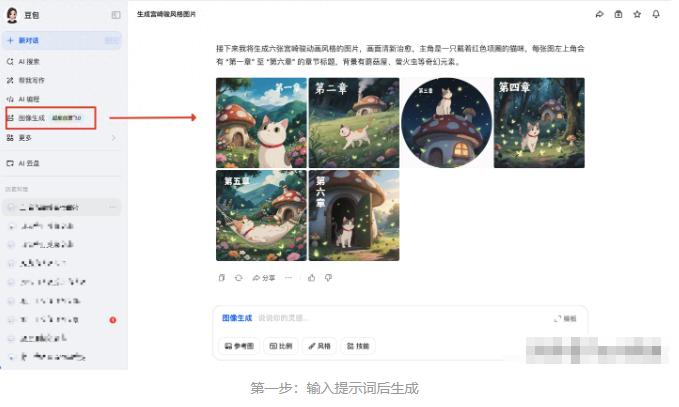共计 4976 个字符,预计需要花费 13 分钟才能阅读完成。
It came as a surprise to many that by 2025, the year when the AI chat industry is still searching for its “ultimate product”, Doubao emerged as the most recognized AI application in China, as evidenced by user preferences.
On one side, there’s an increasing rate of user attrition, while on the other, Doubao’s monthly active users surged to 157 million, maintaining its position at the forefront of the industry. The disparity between the two is fundamentally rooted in the“users”.

Since its launch in August 2023, Doubao has been on an upward trajectory, and by August 2025, data released by QuestMobile indicated that the app’s monthly active users reached 157 million, whereas Deep Seek’s count fell to 143 million.
This mutual decline and rise culminate at a crucial juncture—what appears to be a straightforward data comparison on the surface reveals a deeper narrative about user choices regarding product strategies, functional experiences, and commercial pathways.
Some argue that Doubao’s success is simply a result of benefiting from ByteDance’s ecosystem, where indeed, the traffic and advertising resources from Douyin and TikTok cannot be underestimated.
Yet, the question remains: why haven’t other applications, supported by the same ecosystem, achieved growth akin to Doubao’s? In December 2023, Doubao’s download count reached 9.9 million, with an impressive 29% growth, ranking first among all AI chat applications—indicating that this isn’t merely about platform-driven traffic.
The crux lies in the product’s own strategy. Doubao has adopted a closed-source approach, avoiding an obsession with model size and refraining from cluttering its offerings with unnecessary features. From the outset, it has positioned itself as a practical tool that is functional and user-friendly, rather than a showcase for technology.

The introduction of a video call feature in May 2024 marked a significant breakthrough in interaction methods. Unlike traditional chatbots, Doubao aims to transform AI conversations into a collaborative“human-machine coexistence”experience as a digital assistant.
This design has generated new usage scenarios and encouraged users to feel that the application is“worth sticking around for.”
Conversely, Deep Seek, despite making substantial technological advancements—such as the announcement of its latest open-source model, DeepSeek-R1, in February of this year—continues to face challenges.
DeepSeek-R1 excels in mathematics, code, and natural language reasoning, known for its comprehensive and detailed responses along with structured outputs, utilizing a massive MoE (Mixture of Experts) architecture with 671 billion parameters, particularly emphasizing reasoning capabilities.
Additionally, DeepSeek-R1 has released its model weights under a lenient MIT license, significantly benefiting developers by providing greater convenience and flexibility.

However, data from May 2025 indicates that nearly 40% of the users who left opted for Doubao, suggesting that these transitions were not random but rather deliberate choices.
This kind of growth, derived from converting users from competitors, represents a tangible victory for any platform.
Of course, not everyone agrees with the closed-source strategy; companies like Baidu and Deep Seek have chosen the open-source route to attract developers and broaden their influence.
Nevertheless, ByteDance appears to have different priorities, focusing its resources on the user end and designing products centered around how to make it accessible, understandable, and frequently used by ordinary users, which contrasts sharply with the approach of many firms fixated on model metrics.
A pivotal distinction lies in the fact that Doubao has embedded AI capabilities within its already established content and advertising frameworks rather than creating a separate“independent ecosystem”.

This strategy is something other AI products currently struggle to replicate. The closed-source approach ensures greater product stability, while integration into an ecosystem allows for sustainable business practices. Doubao is not just popular due to its user base; what matters is the solid engagement it fosters.
As of February 2025, Doubao’s monthly active users stood at 78.6 million, while Deep Seek dropped to 33.7 million, and Baidu’s Wenxin Yiyan only reached 13 million. This reflects an increasing market concentration, indicating a shift in market dynamics.
Although the trend seems to favor open-source solutions, it is intriguing that closed-source products are gaining more traction in the market.
Baidu is also attempting to bridge this gap, as Wenxin Yiyan became fully free in April 2025, yet it remains to be seen whether this free strategy can sustain long-term user retention. Despite frequent maneuvers, Deep Seek is also exploring ways to enhance product stability.
The rules of the AI market are straightforward: whether users are willing to stay is the root of all data.
Doubao has evidently found a viable user pathway. Behind this success lies ByteDance’s strategic choice to avoid blindly competing over model size, instead continuously asking: what do users truly need?

While many AI products merely showcase technology, Doubao has transformed into a practical product and service. This fundamental difference might not be immediately apparent, but how users engage with it daily speaks volumes.
Although the future remains uncertain, Doubao’s current lead has effectively addressed the question of“is this tool genuinely useful?”In this competitive landscape, Doubao is ahead by prioritizing practicality.










